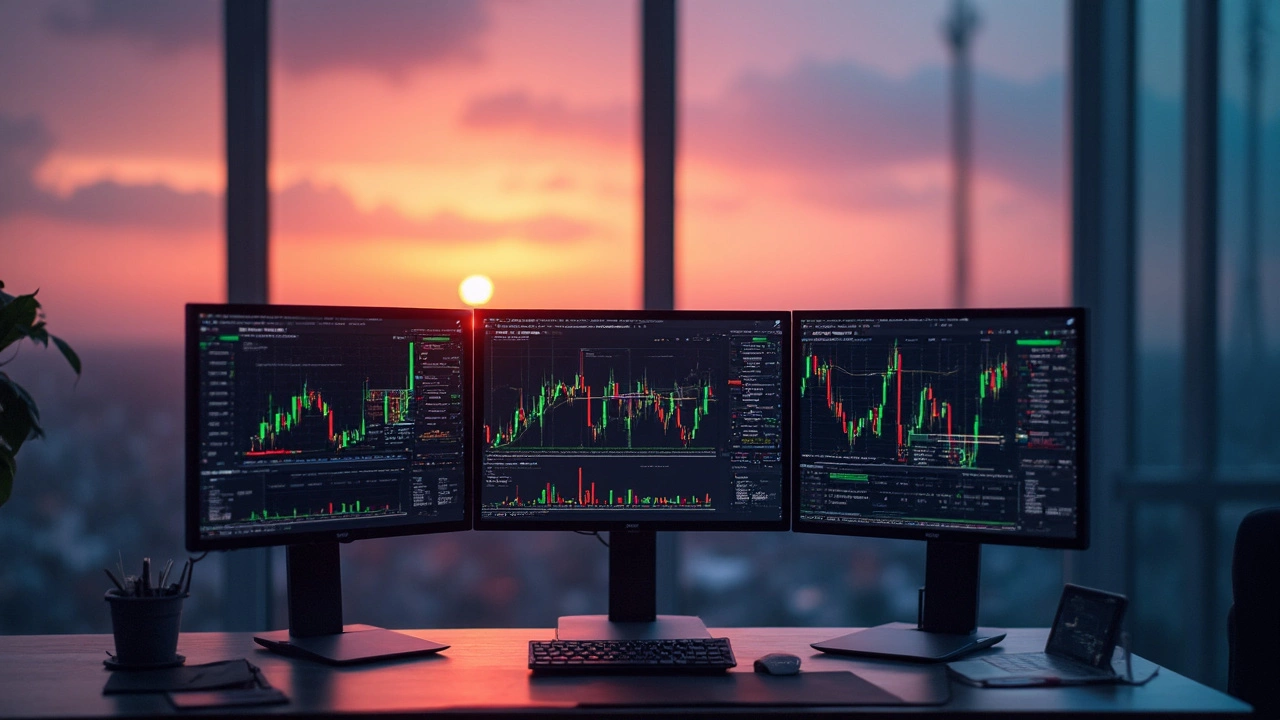Maharashtra elections – latest updates and analysis
Maharashtra elections shape the political landscape of India's third‑largest state. When working with Maharashtra elections, the state‑level voting process that determines the 288 seats of the Vidhan Sabha. Also known as Maharashtra Vidhan Sabha polls, it decides who will govern on issues ranging from infrastructure to agriculture.
The contest revolves around several major political parties, organized groups that field candidates, craft manifestos and mobilise voters. Among them, the Shiv Sena, a regional party founded on Marathi identity and Hindutva and the Bharatiya Janata Party (BJP), the national right‑wing party that leads the current central government often vie for similar vote banks. The Nationalist Congress Party (NCP), a centrist party with a strong base among farmers and urban voters adds another layer, forcing alliances and seat‑sharing talks. These parties influence the Maharashtra elections by shaping campaign narratives, candidate selection and post‑poll coalition possibilities.
Conducting a free and fair poll rests on the Election Commission of India (ECI), the autonomous constitutional authority responsible for overseeing elections across the country. Its role includes updating voter rolls, enforcing the model code of conduct and deploying electronic voting machines. The ECI's decisions directly affect voter turnout, which in recent cycles has hovered around 60–65 %. High turnout often signals robust public engagement and can swing results in marginal constituencies, while low turnout may advantage parties with entrenched support bases.
One key semantic link is that Maharashtra elections require coalition building; no single party has secured an outright majority in the last three assemblies. This necessity creates a dynamic where parties negotiate power‑sharing agreements, ministerial positions and policy compromises before the first session of the new government. The resulting coalition government then determines the state's development agenda, influencing everything from road projects to education reforms.
Another important connection is that voter turnout influences election outcomes. Demographic groups such as urban youth, rural farmers and the diaspora each have distinct voting patterns, and their participation rates can tip close contests. For instance, a surge in first‑time voters in Mumbai often benefits parties with strong digital outreach, whereas higher rural participation can favor candidates promising agricultural subsidies.
Media coverage, social media trends and on‑the‑ground rallies all shape public perception of the parties. The rise of regional news channels and WhatsApp groups means that narratives spread faster than ever, forcing parties to adapt their messaging in real time. Understanding how these communication channels interact with voter sentiment helps explain sudden swings in poll numbers during the campaign.
Finally, the outcomes of Maharashtra elections impact national politics. As the state contributes 48 seats to the Lok Sabha, a strong performance by a national party can boost its bargaining power in Parliament, while a setback may trigger leadership changes at the centre. This feedback loop highlights why analysts watch the Maharashtra polls closely for clues about the broader political climate.
What you’ll find below
Below you’ll discover a curated collection of stories, live updates and deep‑dive analyses that track every twist in the Maharashtra elections. From real‑time result dashboards to expert commentary on coalition talks, the posts give you the context you need to stay ahead of the curve. Dive in to see how parties are positioning themselves, how the Election Commission is handling logistics, and what the numbers say about voter enthusiasm across the state.

